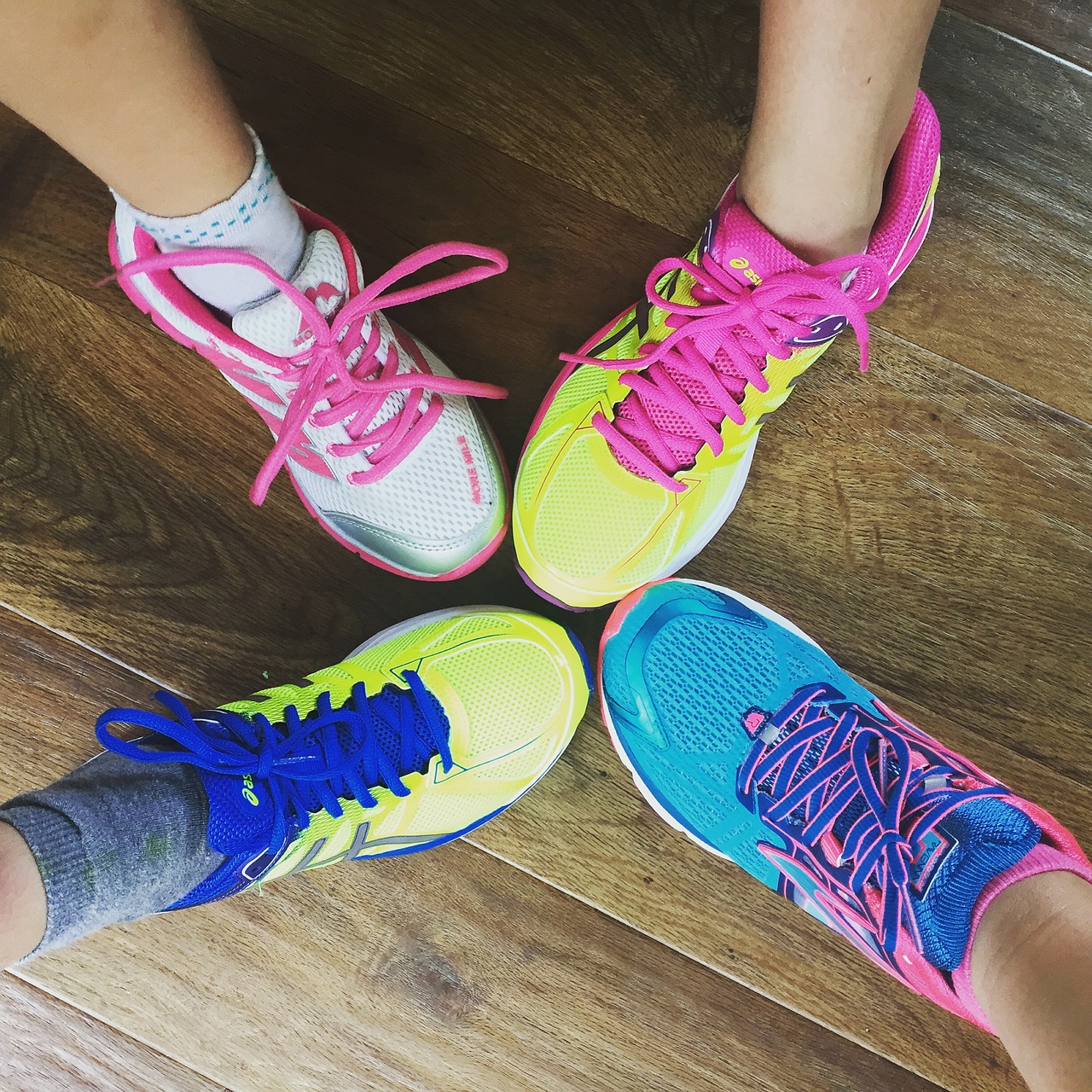I have found as a girl in sport that even as I have grown up the approach to women’s sportswear has completely changed, thankfully for the better. When I first went to secondary school my need for proper sportswear grew as I began exercising and running more; whether it was through playing hockey or in physical education, I was always active. This of course meant that I needed a sports bra, something which we had never been taught in school and was of course still a taboo subject to our immature minds. The very thought of a bra, much less one that was specialized, was enough to silence a room in stunned embarrassment or giggles, the latter dependent on the presence of boys. Yet this has changed. The revolution in sportswear, especially women’s, has overhauled the sportswear industry reflecting the increase in women partaking in sport and has also, in effect, changed the way we dress and approach our image. I, for one, am delighted with this development.
“The products supplied were generally hand-me-downs from male items and of the idea that ‘shrink it and pink it’ would solve the gap in the clothing market.”
For years the lack of media exposure for women’s sport meant that there was little need or want by many of the large sporting brands such as Nike or Adidas to make clothes that were tailored for women. The clothes tended to be focused around rudimentary testing with little or no investigation done into the actual comfort or practicality. As a result sports bras were either industrious scaffold-like implements that were strapped onto the body and in reality provided very little support or skimpy 2000s style bralettes that were more suited for a club than a sports field. The lack of exposure of these sports fed directly into this narrative. What was the point in big brands producing items of clothing for a market that was barely noticeable and didn’t really have a voice? The products supplied were generally hand-me-downs from male items and of the idea that “shrink it and pink it” would solve the gap in the clothing market.
Clothing in women’s sport has always been a contentious issue, yet it has come a long way from its conservative roots. In the 19th and early 20th century it was incredibly rare that women would partake in sports and when it was permitted, it was a leisurely activity, not with an aim to win. As a result, women’s clothes evolved to reflect this. Long and heavy skirts were worn to play tennis for example and it wasn’t until Suzanne Lenglen, a French tennis player, arrived at Wimbledon wearing a low neck dress as her attire that the question of clothing in women’s sports began to be noticed. Leglen then went on to win the tournament aged 19.
As women’s rights expanded, with Ireland granting women full voting rights in 1922, so too did the expectations of them. It began to be acceptable for women to partake in sports. The 60’s saw a marked increase in participation although this was far from the current levels and the question of equal pay began to gain traction as women such as Billie Jean King began campaigning.
Today the situation has changed since its early days with a huge increase in the amount of women taking part in sports. At the 2016 Olympics, nearly 45 percent of all participants were female and more women now declare themselves as sports fans than ever before. Many big sports brands have now taken notice of this increased demand and have started research and production into clothes aimed at practicality and function while also being aesthetically pleasing. There has also been a change in the types of clothing available. Different attire is required for different sports and as a result big brands have adapted to reflect this. Adidas recently released its Pure Boost X which is the first shoe specifically designed for a woman.
“The body positivity movement has also influenced the trend as the one-design-fits-all mantra dissipates.”
There has also been an increase in the diversity of clothes in sport whereby brands have designed more modest clothes suitable for Muslim women. There are now more modest swimming costumes to account for women who wish to cover up. They have also released sports focused hijabs for Muslim women to continue to compete with pride in their faith. The body positivity movement has also influenced the trend as the one-design-fits-all mantra dissipates. Previously, for example, swimming costumes were designed in one size and the amount of fabric was increased or decreased depending on the size wanted without taking into account the practical needs of different sizes. Now costumes are designed with plus sizes in mind making them much more comfortable for people to wear.
It will be interesting to see where women’s sports brands go next. Small and local brands are coming up with new and innovative ideas all the time. The movement of “athleisure” has exposed our societies to the idea of women casually wearing sports gear, a previously unheard of phenomenon. There is also more awareness of women in sport and the fact that they want to be taken seriously. As Pam Catlett of Under Armour said: “When brands talk about women’s performance, their achievements have always been compared to men. At the Olympic games, the female swim champion was compared to ‘the Michael Phelps of swimming’. Women want to be measured by their own success and achievements.” Women in sports are a force to be taken seriously and will be the deciding factor in a number of large firms such as Nike and Adidas’ success over the next few years.






